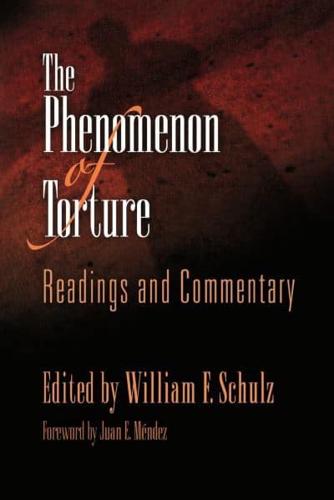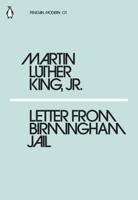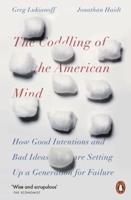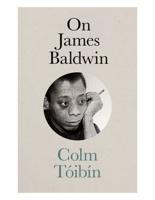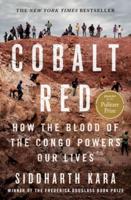Publisher's Synopsis
Torture is the most widespread human rights crime in the modern world, practiced in more than one hundred countries, including the United States. How could something so brutal, almost unthinkable, be so prevalent? The Phenomenon of Torture: Readings and Commentary is designed to answer that question and many others. Beginning with a sweeping view of torture in Western history, the book examines questions such as these: Can anyone be turned into a torturer? What exactly is the psychological relationship between a torturer and his victim? Are certain societies more prone to use torture? Are there any circumstances under which torture is justified-to procure critical information in order to save innocent lives, for example? How can torture be stopped or at least its incidence be reduced?
Edited and with an introduction by the former Executive Director of Amnesty International USA, The Phenomenon of Torture draws on the writings of torture victims themselves, such as the Argentinian journalist Jacobo Timerman, as well as leading scholars like Elaine Scarry, author of The Body in Pain. It includes classical works by Voltaire, Jeremy Bentham, Hannah Arendt, and Stanley Milgram, as well as recent works by historian Adam Hochschild and psychotherapist Joan Golston. And it addresses new developments in efforts to combat torture, such as the designation of rape as a war crime and the use of the doctrine of universal jurisdiction to prosecute perpetrators. Designed for the student and scholar alike, it is, in sum, an anthology of the best and most insightful writing about this most curious and common form of abuse. Juan E. Méndez, Special Advisor to the United Nations Secretary General on the Prevention of Genocide and himself a victim of torture, provides a foreword.
